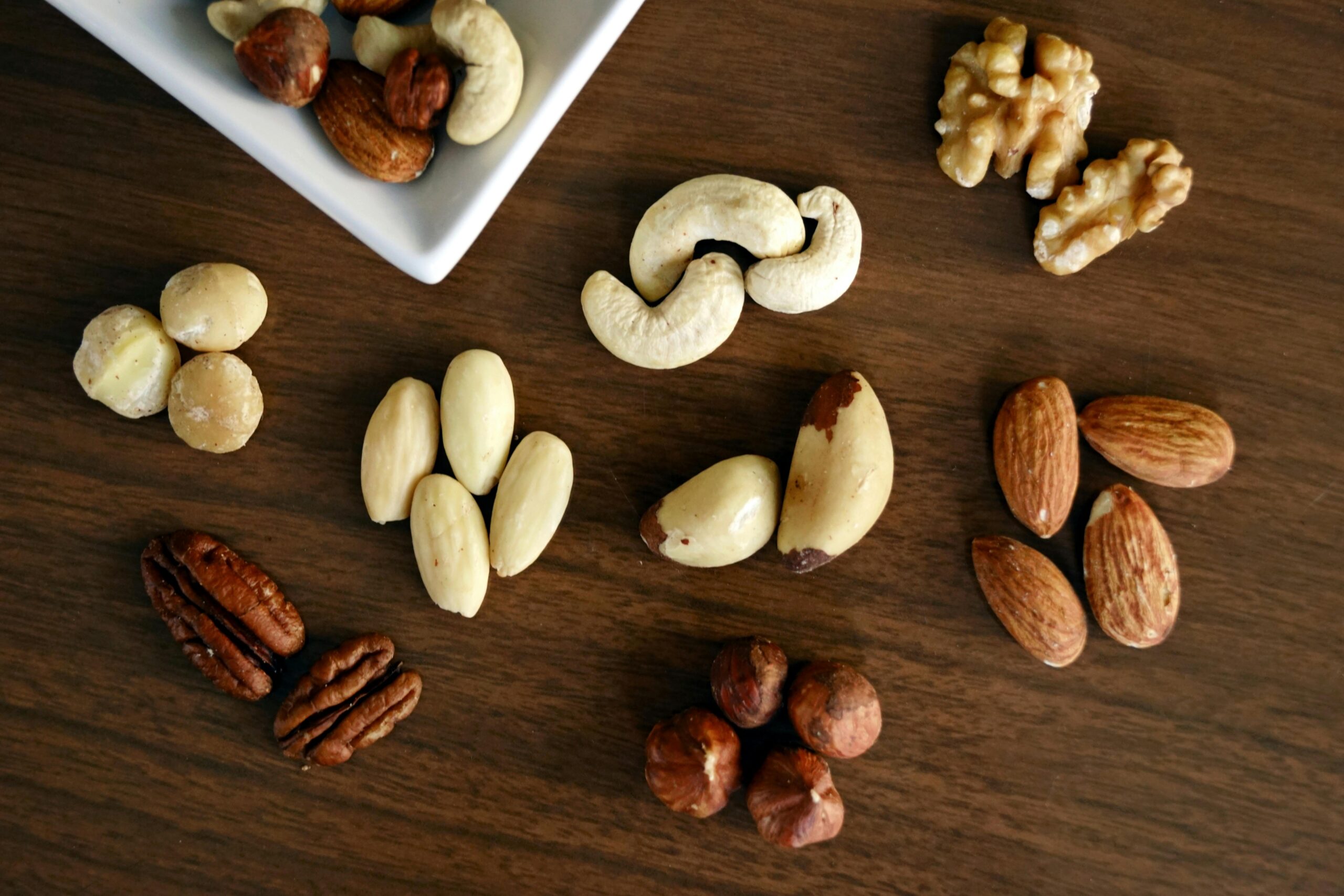ragi The Ultimate Guide to Ragi (Finger Millet): Benefits, Uses & Recipes
Focus Keyword: Ragi
Introduction
Ragi, also known as finger millet, is one of India’s most nutritious ancient grains. Packed with calcium, iron, and fiber, it’s a superfood for all ages—from infants to elders. With the rise of gluten-free and nutrient-dense diets, ragi is making a strong comeback in modern kitchens.
But why is ragi considered a powerhouse grain? How does it compare to wheat and rice? And how can you easily include it in your meals?
This comprehensive guide covers:
✔ Nutritional benefits of ragi
✔ Different forms (flour, malt, whole grain) & their uses
✔ Health advantages over rice & wheat
✔ Easy & tasty ragi recipes
✔ Debunking common myths
By the end, you’ll know exactly why ragi deserves a permanent spot in your diet!
—
What is Ragi (Finger Millet)?
Ragi is a gluten-free millet grown widely in South India and Africa. Unlike refined grains, it retains its bran and germ, making it a nutrient-dense whole grain.
Forms of Ragi
1. Ragi Flour – Used for rotis, dosas, porridge.
2. Ragi Malt (Porridge) – Popular weaning food for babies.
3. Whole Ragi Grains – Can be sprouted or cooked like rice.
4. Ragi Flakes – Quick breakfast option (like oats).
—
Nutritional Benefits of Ragi
Ragi isn’t called a “super grain” for nothing. Here’s why:
1. Extremely High in Calcium
– 3x more calcium than milk (344mg per 100g)!
– Strengthens bones & teeth—great for kids & osteoporosis prevention.
2. Rich in Iron & Prevents Anemia
– Boosts hemoglobin levels naturally.
3. High in Fiber
– Aids digestion & weight loss by keeping you full longer.
4. Low Glycemic Index (GI)
– Slowly releases sugar, making it diabetic-friendly.
5. Gluten-Free & Easily Digestible
– Safe for celiac disease & gut health.
Nutritional Comparison (Per 100g)
| Nutrient | Ragi | Wheat | Rice (White) |
|———-|——|——-|————-|
| Calcium | 344mg | 34mg | 10mg |
| Iron | 3.9mg | 3.5mg | 0.2mg |
| Fiber | 11g | 12g | 0.6g |
| Protein | 7.3g | 13g | 6.8g |
Verdict: Ragi wins in calcium & iron, while wheat has more protein.
—
Health Benefits of Ragi
1. Stronger Bones & Teeth
– Best plant-based calcium source for vegetarians.
2. Fights Anemia
– High iron content improves blood count.
3. Controls Diabetes
– Low GI helps regulate blood sugar.
4. Aids Weight Loss
– Fiber keeps you full, reducing cravings.
5. Boosts Brain Health
– Contains amino acids that reduce anxiety & improve sleep.
—
How to Use Ragi in Daily Diet
Ragi is versatile—here’s how to include it:
1. Ragi Roti/Mudde
– South Indian staple, best with sambar or chutney.
2. Ragi Porridge (Kanji)
– Mix ragi flour with milk/jaggery—ideal for babies & adults.
3. Ragi Dosa/Idli
– Fermented batter makes soft, gluten-free dosas.
4. Ragi Cookies/Laddus
– Healthy sweet snacks with nuts & jaggery.
5. Ragi Malt
– Instant energy drink for post-workout recovery.
—
Ragi vs. Wheat vs. Rice: Which is Healthier?
| Feature | Ragi | Wheat | Rice |
|———|——|——-|——|
| Calcium | ✅ Very High | ❌ Low | ❌ Very Low |
| Gluten-Free | ✅ Yes | ❌ No | ✅ Yes |
| Glycemic Index | Low (~55) | Medium (~70) | High (~73) |
| Best For | Bones, anemia | Protein, baking | Quick energy |
Winner: Ragi is best for calcium, diabetes & gluten-free diets, while wheat is better for protein.
—
Debunking Ragi Myths
Myth 1: Ragi is Only for Babies
– Fact: Great for all ages—athletes, pregnant women & elders too!
Myth 2: Ragi Tastes Bitter
– Fact: Proper cooking (roasting/fermenting) enhances its nutty flavor.
Myth 3: Ragi is Hard to Digest
– Fact: Fermented ragi (like dosa) is easily digestible.
—
Where to Buy Ragi?
– Online: Amazon, BigBasket, Organic stores
– Local: Look for millet sections in supermarkets
—
Conclusion: Why Ragi is a Must-Try Superfood
Ragi is a nutritional powerhouse that beats rice & wheat in calcium, iron & fiber. Whether you need:
✔ Stronger bones
✔ Diabetes control
✔ Weight loss
✔ Gluten-free diet
…ragi is the perfect choice! Start with ragi porridge or roti and enjoy its benefits.
—
FAQs About Ragi
Q: Can ragi replace rice/wheat completely?
A: Yes! Rotate with other grains for a balanced diet.
Q: Is ragi good for babies?
A: Yes! Ragi porridge is a traditional weaning food in India.
Q: How to store ragi flour?
A: Keep in an airtight jar in a cool, dry place.
—
This guide fills the gap by providing detailed comparisons, easy recipes & myth-busting facts—making ragi a must-add to your diet!
Need any tweaks? Let me know! 🌾



Leave a Reply